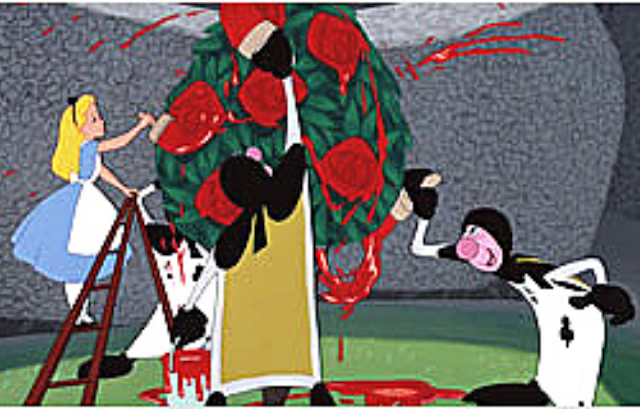How to Place Your Pictures in Scrapbook
Deciding how to display your collected photos can be the hardest part of creating a scrapbook page. Here are some ideas to get you started creating a scrapbook.
Use Copies, Not Photos!
Photocopies of photographs allow you to play with the sizes and shapes of the images: enlarge some areas and cut them into silhouettes; shrink others to fit inside stamped frames; or trim away uninteresting portions of backgrounds to make unusual shapes. Plus, photocopies allow some creative room to work with color Polaroid photos. Black-and white Polaroid photos can be cropped, but color Polaroids will separate into thin layers.
When making photocopies of your photos -- color, sepia-tone, or black-and-white -- do it on a color photocopier. The detailing in the black-and-white photo is all but lost when copied on a black and white photocopier. The middle tones go very light or very dark, and you lose all the fine detailing. See how much more closely the color copy, right center, resembles the original, while the black-and-white copy appears muddy.
Cropping: Think twice, cut once!
With a few well-placed snips of your scissors, you can make your photos dance, jump, and sail off the page. Creative cropping can strengthen a picture's impact by eliminating unwanted backgrounds and spotlighting the primary subject.
Before you crop your photo, play with the page layout. Start by making several copies of your snapshots on a black-and-white photocopier. Cut the photocopies in a variety of shapes, then experiment with different ways to position and use them on the page.
When cropping a photo, be careful not to cut away important bits of history. An old family car, portions of clothing, or a piece of furniture in the background could prove sentimentally invaluable in the years to come.
Tips for Taking Great Photos
Great photographs make great scrapbooks. Carry your camera everywhere and keep these simple guidelines in mind whenever you want to capture a memory:
1. Be generous with your film. Opportunities will present themselves just once, and the price of film is very minor when compared to the cost of a once-in-a-lifetime shot or experience.
2. Capture the unposed or unscripted moment. The best shots are un-rehearsed and capture the personality of the subjects.
3. Write It Down. Keep a small notebook with you so you can write down names, places, dates, and any other pertinent information about the people and the places you photograph.
4. Get up Close and Personal. Try to position the camera no more than 8 feet from the subject.
5. Set the Scene. Take one shot of the people, and then take a second shot of the background in order to set the mood.
6. Use Light to Your Advantage. Have your subject face the sun, or keep the sun behind your own shoulder. Early morning and late afternoon on a sunny day are ideal times for taking pictures; bright noonday sun creates harsh shadows and makes people squint their eyes. Gray days produce grainy photos.
7. Create an eye-catching composition. Rather than place your subject directly in the center of the photo, adjust your frame so the subject is about one-third of the way from the edge. The same rule applies when shooting a still life or landscape.




Comments
Post a Comment